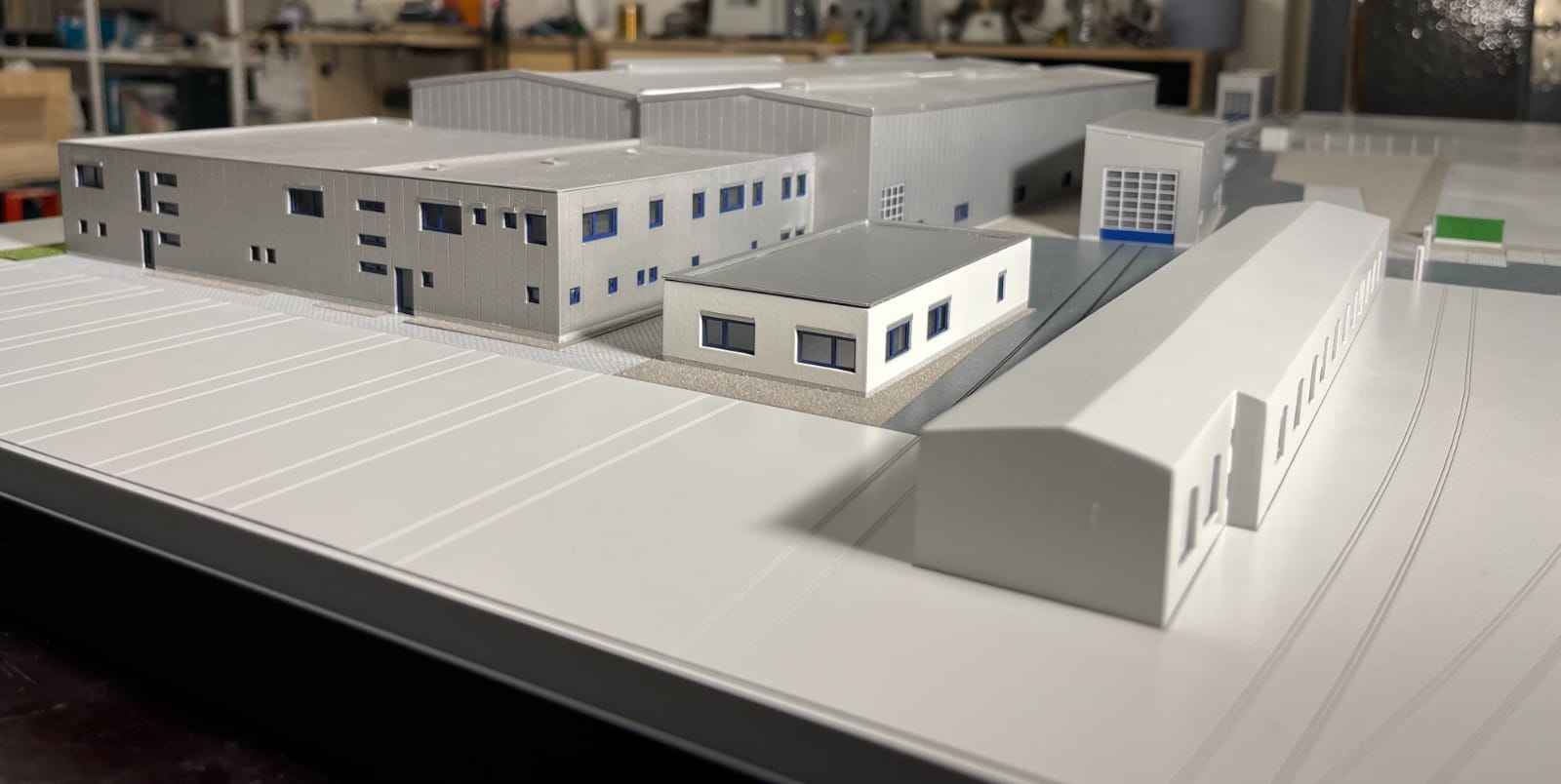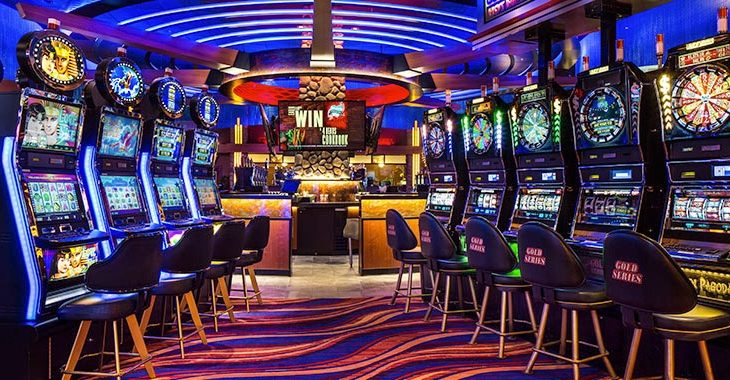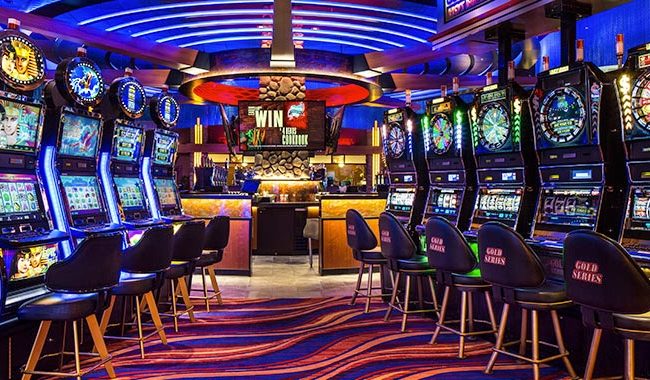
1. What is a Real Estate Model?
A real estate model refers to a visual or physical representation of a property or a set of properties designed to assist buyers, investors, and developers in understanding and visualizing the project’s potential. This can take the form of 3D models, virtual simulations, or architectural drawings. These models provide a comprehensive depiction of the property’s physical features, surrounding environment, and even its potential for customization or expansion, making them invaluable tools in the real estate market, especially in a unique and visually striking locale like Ibiza.
2. Importance of Real Estate Models for Buyers
The use of real estate models is crucial for prospective buyers, as they offer a tangible insight into a property that photographs and written descriptions cannot provide. Buyers can see how spaces interact with each other, the natural light distribution, and even the surrounding landscape, elevating their understanding of the property. Furthermore, real estate model Ibiza can enhance buyer confidence, especially in a market where many properties are high-value investments, as they outline exactly what is being purchased.
3. Key Features of a Realty Model in Ibiza
In Ibiza, real estate models typically showcase distinctive features that reflect the island’s unique architecture and environment. Features might include:
- Topographical Accuracy: Ibiza’s hilly terrain and stunning seafront views require models that accurately portray topographical details.
- Architectural Style: Properties often exhibit Mediterranean-style designs; hence, the models will reflect details like arches, terracotta roofs, and open terraces.
- Eco-Friendly Solutions: As sustainability becomes increasingly essential, models may include representations of solar panels, green roofs, and water conservation systems, appealing to eco-conscious buyers.
- Landscaping Elements: Features such as pools, gardens, and outdoor living spaces are vital in promoting the lifestyle associated with Ibiza living.
Market Trends in Ibiza Real Estate
1. Current Real Estate Landscape in Ibiza
The real estate landscape in Ibiza has seen dynamic changes driven by factors like tourism, international investment, and a growing desire for lifestyle properties. Located in the Mediterranean, Ibiza’s strategic appeal consists of its vibrant culture, beautiful beaches, and an international community that attracts foreign buyers. Real estate agents note an increase in buyer interest from various nationalities, leading to a competitive market. The demand for luxury villas, in particular, has risen sharply in the wake of the pandemic, as buyers seek spacious, desirable locations for secondary or holiday homes.
2. Investment Potential of Luxury Properties
Luxury properties in Ibiza have emerged as favorable investment opportunities due to their robust appreciation rates. The island has historically shown resilience in its property value, primarily due to limited building plots and the constant influx of high-net-worth individuals seeking holiday homes. Investors are gravitating towards beachfront villas and contemporary homes equipped with modern amenities. Studies indicate that properties with unique architectural designs and eco-friendly features command higher resale values, making them smart investments. As more investors turn to Ibiza real estate, the scarcity of high-quality luxury listings means that the competition is expected to keep prices climbing.
3. Sustainability Trends in Ibiza’s Property Market
With growing awareness around environmental issues, sustainability in property development has become a key trend in Ibiza’s real estate market. Many developers are now incorporating eco-friendly features into their projects, ranging from energy-efficient appliances to the use of non-toxic building materials. Furthermore, regulations are gradually being implemented to require greater levels of sustainability in property design. This shift not only responds to buyers’ preferences but also to increasingly stringent governmental guidelines aimed at reducing carbon footprints in tourism-heavy regions like Ibiza.
Creating Effective Real Estate Models
1. Steps to Designing a Real Estate Model
The creation of effective real estate models requires a systematic approach. The following steps are essential:
- Concept Development: Define the purpose of the model and the aspects it needs to highlight, such as design, layout, and materials.
- Research: Gather relevant data on the property dimensions, location specifications, and any architectural details that need to be accurately represented.
- Choose Materials: Opt for high-quality materials that can accurately depict design aspects. For instance, using acrylic for clarity or wood for a warm, realistic touch.
- 3D Design: Utilize software to create a detailed digital model that allows for adjustments before moving onto physical modeling.
- Physical Prototype: Construct a physical model using 3D printing, laser cutting, or traditional craftsmanship, ensuring that all features are included accurately.
- Review and Refine: Gather feedback from stakeholders and make necessary adjustments to align with the envisioned goals.
2. Key Materials and Methods
Creating real estate models involves selecting the right materials and methods to bring the vision to life:
- Acrylic: Lightweight and reflective, ideal for creating transparent features such as windows and glass walls.
- Wood: Provides a natural and warm feel to models, often used for landscaping elements and interior layouts.
- Foam Board: An affordable option suitable for quick prototypes, allowing rapid iteration during the design phase.
- 3D Printing: Useful for intricate designs, allowing complex architecture to be represented with high fidelity.
- Virtual Reality (VR): An emerging method where digital models allow buyers to immerse themselves in a simulated walkthrough of properties.
3. Visual Presentation Techniques
A model is only as effective as its presentation. Employing the right visual effects can significantly impact its appeal:
- Lighting: Highlighting property features and layout can be achieved using strategically placed lights in physical models.
- Landscaping: Adding appropriate landscaping elements like trees, shrubbery, and water features enhances realism.
- Color Schemes: Using the right colors can aid in representing materials and designs accurately, capturing buyers’ interest more effectively.
Marketing Strategies for Real Estate Models
1. Leveraging Digital Platforms
In today’s digital age, online platforms are pivotal for marketing real estate models. Real estate agencies are increasingly utilizing social media, websites, and property listing platforms to showcase their models visually. Engaging visuals and virtual tours can capture attention quickly, and sharing models on platforms such as Instagram or Facebook allows for broader reach and better engagement with potential buyers. Real estate listings that include high-quality imagery and model presentations tend to attract more views and inquiries.
2. Engaging Potential Buyers through Virtual Tours
Virtual tours have become a staple in real estate marketing, significantly enhancing buyer engagement. By facilitating an interactive exploration of real estate models, potential buyers experience a simulated walkthrough of the property from the comfort of their homes. This method is particularly appealing for international clients and helps them visualize the property better. Integrating 3D models into these virtual tours adds an extra layer of depth and offers agility in showcasing different features dynamically.
3. High-Impact Marketing Collateral
Combining physical and digital marketing collaterals promotes real estate models effectively. High-quality brochures, interactive PDFs, and personalized presentations can complement the visual elements of models. Included information such as specifications, pricing, and area highlights makes for compelling pitches to interested buyers. Regular updates to collaterals based on current market trends can keep the materials relevant and engaging.
Case Studies of Successful Real Estate Models in Ibiza
1. Highlighting Iconic Properties
Several successful real estate projects in Ibiza utilize advanced modeling techniques that have captivated buyers. For instance, a contemporary luxury villa designed by a well-known architect employed innovative modeling technology to showcase its open-plan living space and cutting-edge features. By leveraging a combination of digital and physical models at various stages of buying interest, the property attracted a multitude of eager buyers and closed at a premium price during the height of the real estate boom on the island.
2. Buyer Testimonials and Experiences
Client testimonials often play a pivotal role in validating investment decisions. Former clients of luxury real estate agencies in Ibiza have credited the detailed models for enhancing their buying experience. Descriptions pointed out how models helped them visualize home layouts and how properties would fit within their lifestyle choices. This feedback often highlights the emotional connection buyers feel when they can comprehend their potential surroundings through model representation.
3. Lessons Learned from Real Estate Projects
Success stories carry valuable lessons for aspiring agents and property developers. Monitoring market trends and client preferences enables the creation of models that resonate. Integrating feedback loops into the design and showcasing stages has resulted in models that do not just attract buyers but hold genuine interest. Additionally, focusing on eco-friendly and sustainable designs reflects increasing buyer values and can lead to higher satisfaction and loyalty among clients.



















